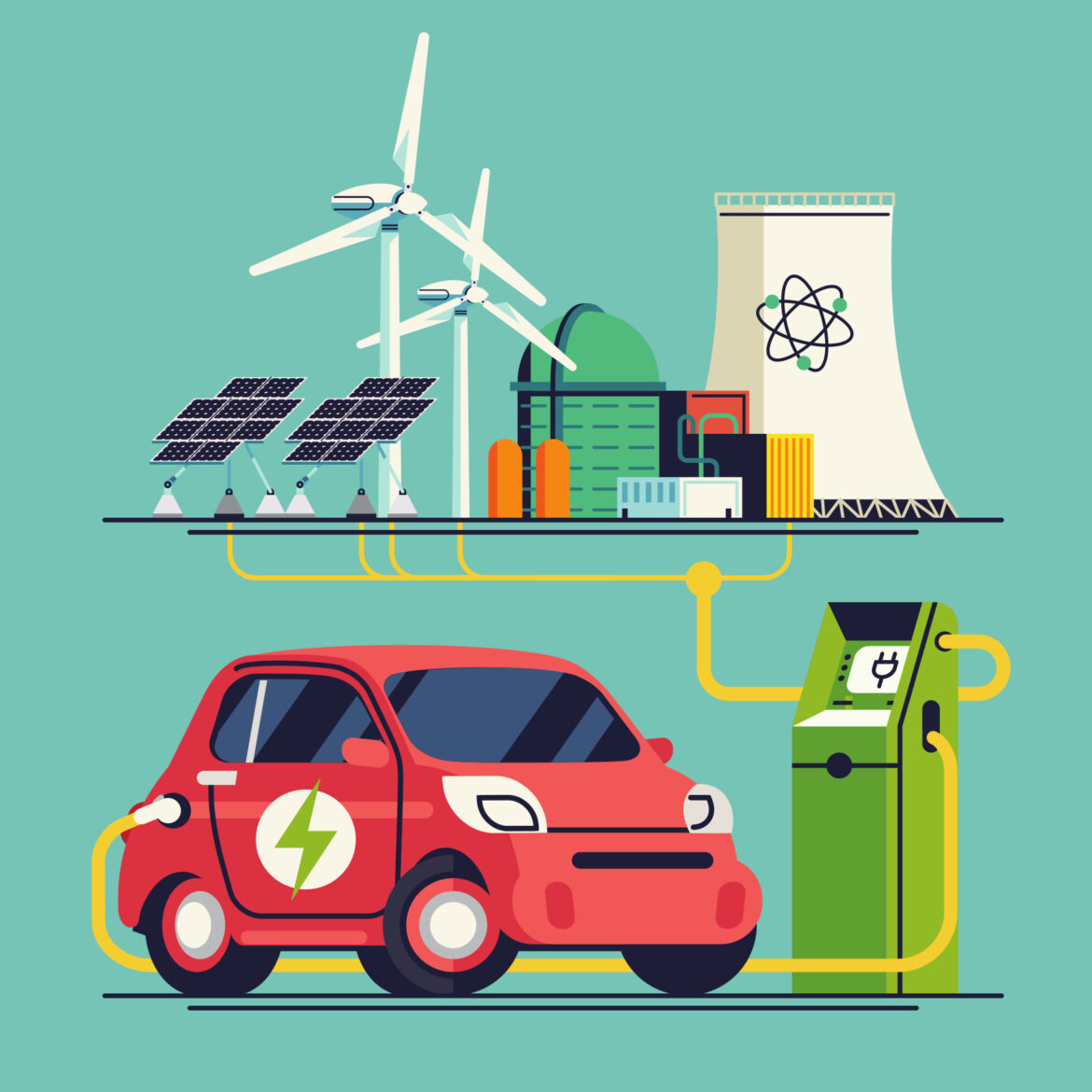Introduction
The automotive industry is driven by its search for novel and sustainable power sources in an ever-changing landscape of technology. Beyond conventional gasoline engines, a new generation of non-conventional power sources is surfacing, offering hope for a day when cars will not only carry us around but also be environmentally friendly. This blog sets out to investigate the inner workings of the machine by exploring unusual automotive power sources that are changing the landscape of transportation in the future.
- Electrifying the Roads: The Rise of Electric Vehicles (EVs)
The shining example of a more environmentally friendly automotive future is the electric vehicle. The electric motor, which runs on rechargeable batteries, has drawn notice for its energy efficiency and ability to produce no emissions. The range of electric power is clear, ranging from high-performance sports cars to small city cars. Continuous improvements in battery technology are increasing the range of electric vehicles (EVs), allaying worries about the infrastructure needed for charging them, and assisting in the paradigm shift away from internal combustion engines.
- Hydrogen Fuel Cells: A Breath of Fresh Air
The future of hydrogen fuel cells is being positioned as a viable substitute for traditional engines. Fuel cells produce only water vapor as a byproduct while producing electricity to run an electric motor by combining hydrogen and oxygen. For heavy-duty vehicles like buses and trucks, hydrogen fuel cells are an appealing alternative because of their efficient and clean process. Building a strong hydrogen infrastructure is a challenge, but current advancements point to a future in which this technology will be crucial in lowering the carbon footprint of the automotive sector.

- Harnessing the Sun: Solar-Powered Vehicles
Solar energy harvesting has moved beyond science fiction and is now a practical means of supplying energy to vehicles. Photovoltaic cells, which are installed in solar-powered cars, use sunlight to generate electricity that can be used to either charge a battery or drive the car itself. Even though solar-powered vehicles are still improving in terms of efficiency, they show off the possibility of using renewable energy sources while on the road. Imagine a time in the future when your car not only runs on solar power but also feeds back into the grid.
- Biofuels: Greening the Gas Tank
Biofuels provide a renewable substitute for conventional fossil fuels. They are produced from organic matter, such as plants and algae. The two most popular biofuels, ethanol and biodiesel, can be used in current internal combustion engines with only minor modifications. Because they can lessen reliance on non-renewable resources and greenhouse gas emissions, biofuels are becoming more and more popular. The increasing scalability and sustainability of biofuels, coupled with technological advancements, position them as a bridge solution in the shift to cleaner transportation.
- Piezoelectricity and Regenerative Braking: Harvesting Energy on the Move
Novel technologies such as piezoelectricity and regenerative braking are becoming more and more popular in the quest for energy efficiency. By converting mechanical vibrations and pressure changes into electrical energy, piezoelectric materials may be able to capture the energy produced by motion in a vehicle. Similar to this, regenerative braking systems recover and store the energy lost through braking, turning it back into electrical power. These developments show the industry’s dedication to extracting every ounce of energy possible from vehicle operation in addition to improving fuel efficiency.

Conclusion
The heart and soul of the machine are changing as the automotive industry embraces a future driven by innovation and sustainability. Alternative power sources are more than just a replacement; they signify a paradigm change toward a more ecologically friendly, economical, and clean transportation era. Every unconventional power source adds to the symphony of progress, from the quiet hum of electric motors to the potential of hydrogen fuel cells.
The automotive industry is changing, but there are still many obstacles in the way, such as the need for infrastructure development and consumer acceptance. The machine’s heart and soul beat with a more environmentally friendly rhythm, reflecting the industry’s dedication to lessening its impact on the environment. We are witnessing the dawn of a new era where vehicles not only reflect our desire for freedom and mobility but also our responsibility to preserve the planet for future generations as we investigate these unconventional automotive power sources. The journey is just getting started, but the promise of a cleaner, more promising future for cars is pulsating at the center of the machine.

